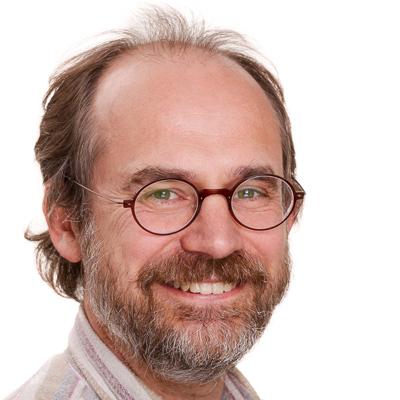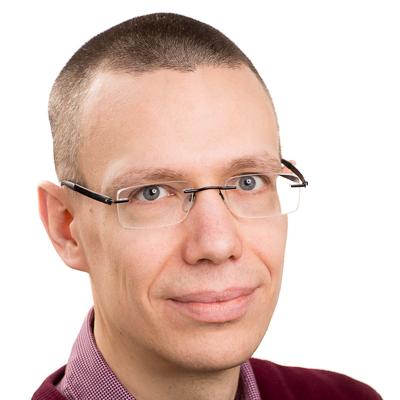‘In real life, almost nothing is linear’

‘Linear is easy and rare; non-linear is common and almost always complicated’, Steffen Oppermann and Aslak Bakke Buan say, in a sentence that feels like it could be about life in general.
The two professors from the Norwegian University of Science and Technology (NTNU) will lead a CAS project in 2022/23.
What is representation theory?
Oppermann and Buan bring us back to high school in order to explain their CAS project in a way that can be understandable to non-mathematicians: in high school, we learn about linear equations and also linear functions and their graphs, which are simply straight lines on a plane.

‘Linear functions are very useful, but mostly for describing some ideal behavior. Newton taught us that a particle affected by no forces at all will simply move in a straight line’, they say, but reality is harsh: ‘In real life, almost nothing is simple, or linear.’
However, one way to get a clear picture of what is going on is to consider only some snapshots of a moving body at a time. ‘Locally, the behavior could look linear.’
The two scholars say that if they understand the derivative at every point, they have a lot of useful information about the function.
The concept of linearity applies in any dimension. These multi-dimensional linear maps are the subject of linear algebra, which is one of the best understood and most applicable branches of mathematics.
‘The idea of representation theory is to use the well-understood techniques and notions of linear algebra to understand and analyze non-linear structures.’
Applications for data science
Opperman and Buan explain that in modern mathematics, representation theory is a vast field with many different branches.

Astronomy, whereas others are more concerned with the intrinsic mathematical notions of representation theory.
‘Our project deals with problems of both kinds, and brings together experts with various perspectives.’
One application that will feature prominently within the project is topological data analysis.
‘The challenge of that subject is to identify topological features within the given data’, they say. For instance, they may ask how many components comprise the given data.
‘It turns out that these questions almost immediately translate to problems in representation theory. However, the questions typically asked by representation theorists don’t completely agree with those asked by data analysts, so we are hoping to learn from each other’s perspectives during our stay at CAS.’
‘As good as it gets’
Why did you consider CAS to be a suitable arena for your project?
‘A year at CAS gives a unique possibility to join efforts with leading experts with very varied experience and to work continuously and undisturbed for an entire academic year. The generous funding even makes it feasible for some of the younger experts in the field, travelling with families and children, to join. A program like this is pretty much “as good as it gets” for researchers like us.’